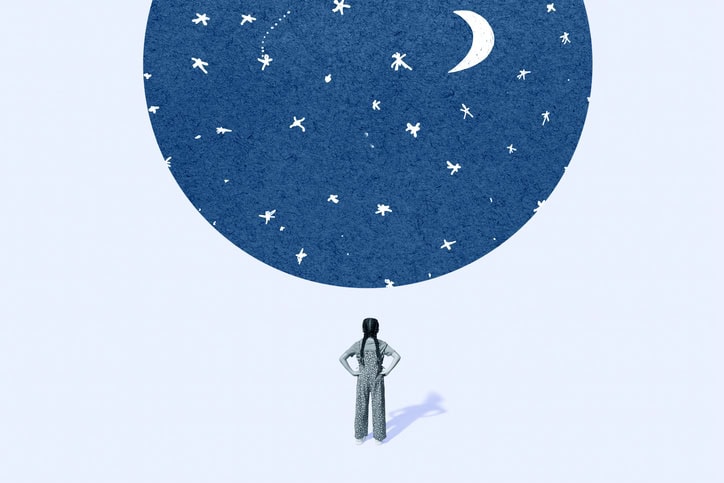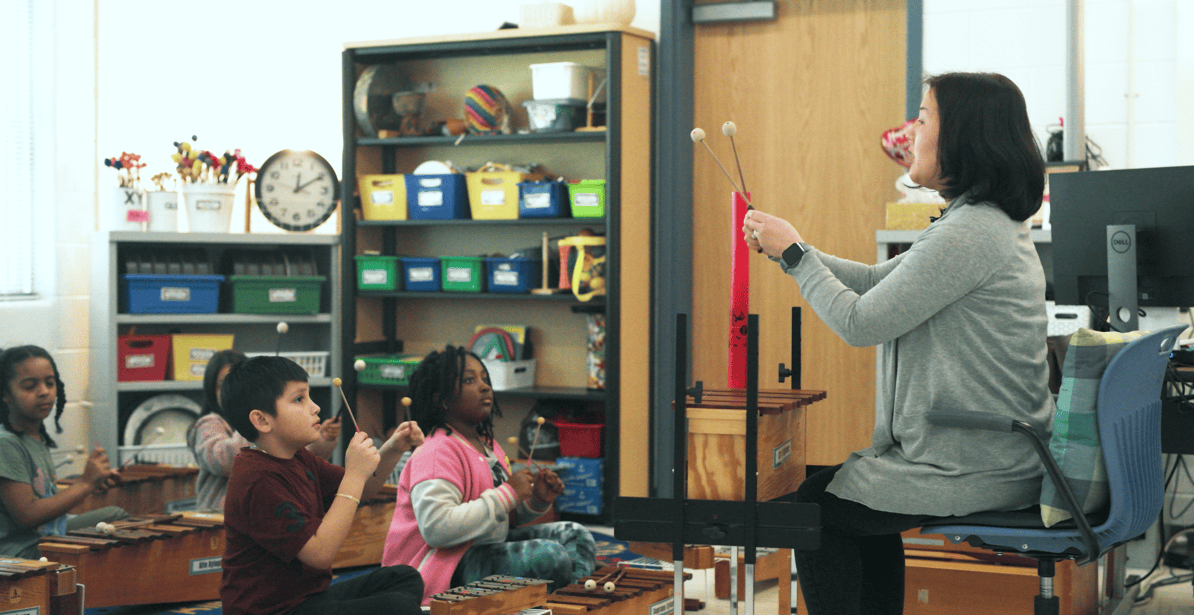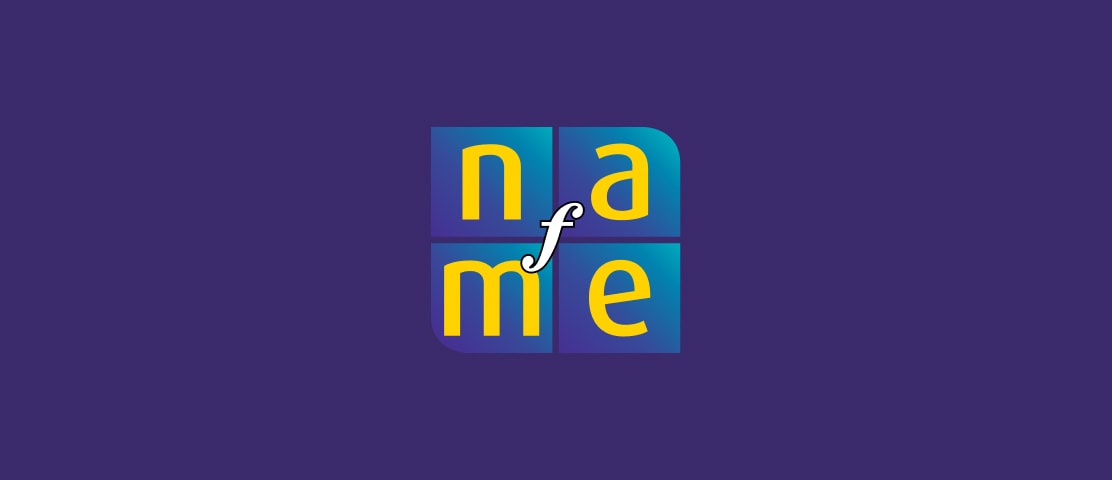July 15, 2025
Being More Than “Just a Music Educator”
July 2, 2025
Classroom Management to Curb the Disruptions
April 10, 2025
What Should the Future of Music Education Look Like?
March 27, 2025
The Music Educator Today and Tomorrow
January 16, 2025
Black Music Aesthetics in General Music
January 15, 2025
Diversity in Classical Music
December 11, 2024
Call for Proposals: 2025 Symposium for Music Teacher Education
February 14, 2024
NAfME Endorses the Reimagining Inclusive Arts Education Act
Subscribe to NAfME Notes
Subscribe to NAfME Notes, our biweekly e-newsletter, to receive highlights from the blog and other NAfME news in your inbox.

Write for the NAfME Blog
Interested in sharing your experience with the music education community via the NAfME Blog? NAfME welcomes pitches from current members. View Blog Guidelines and submit your idea online.
Would you like to reprint an article? See our Reprint Permission Requirements.


















